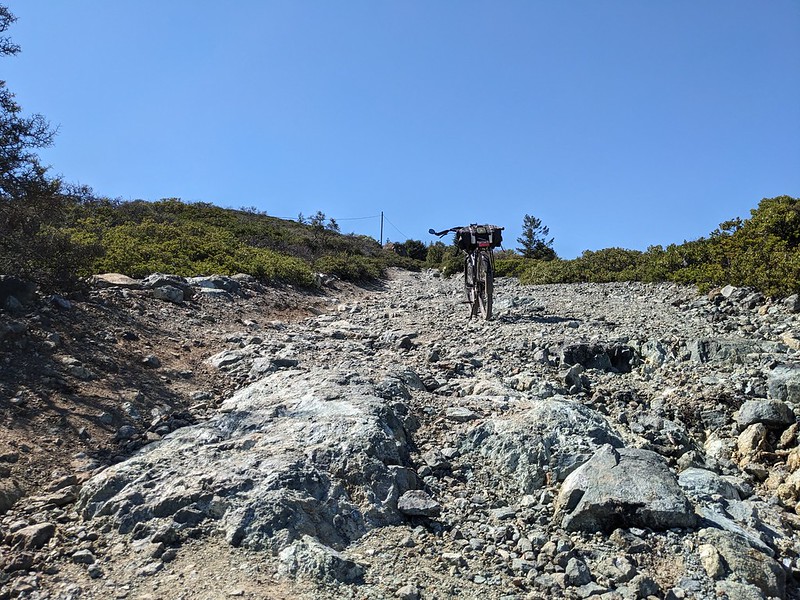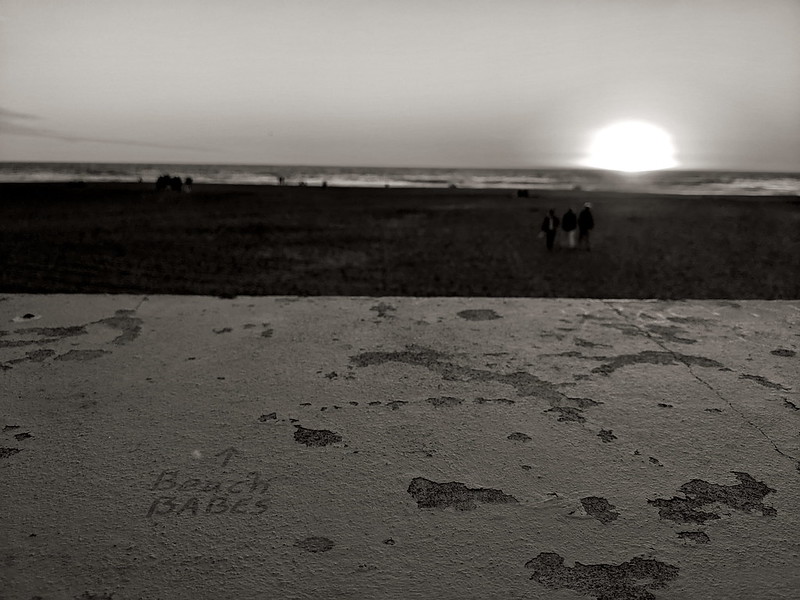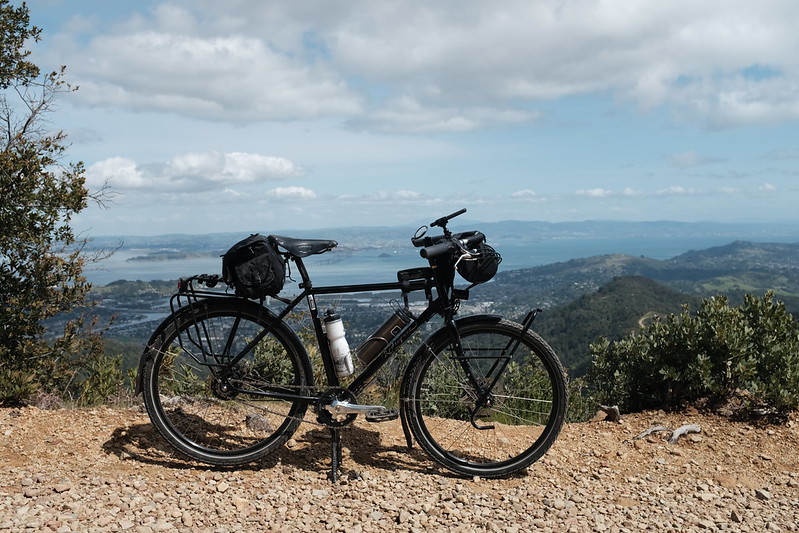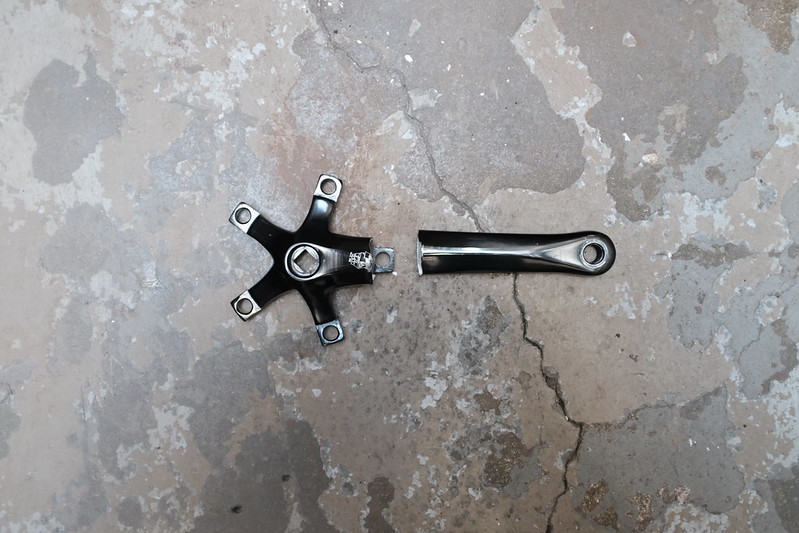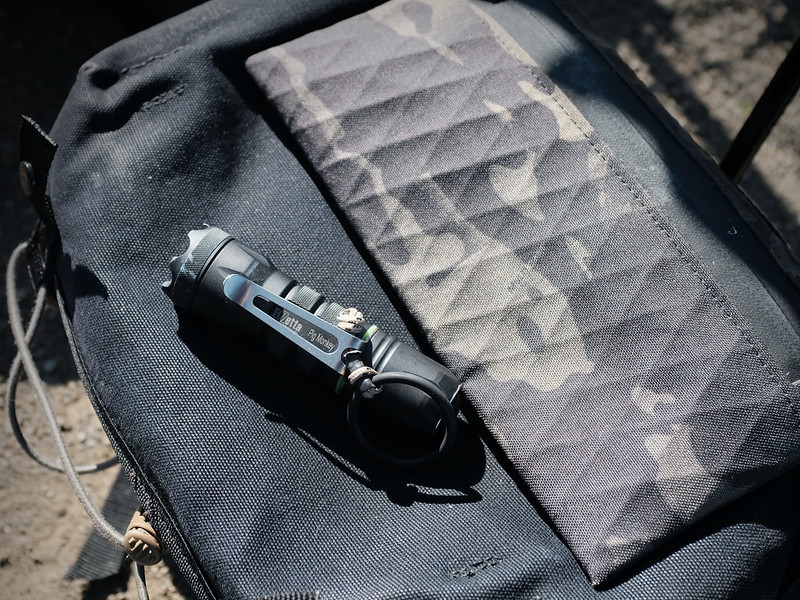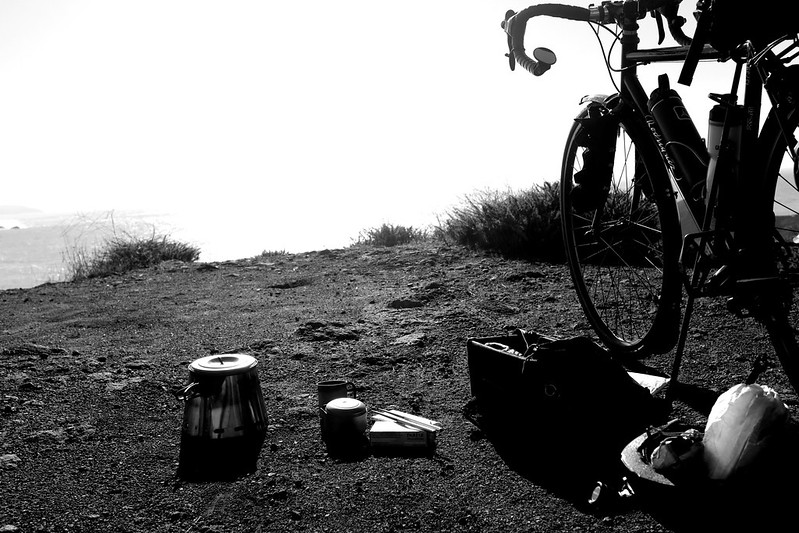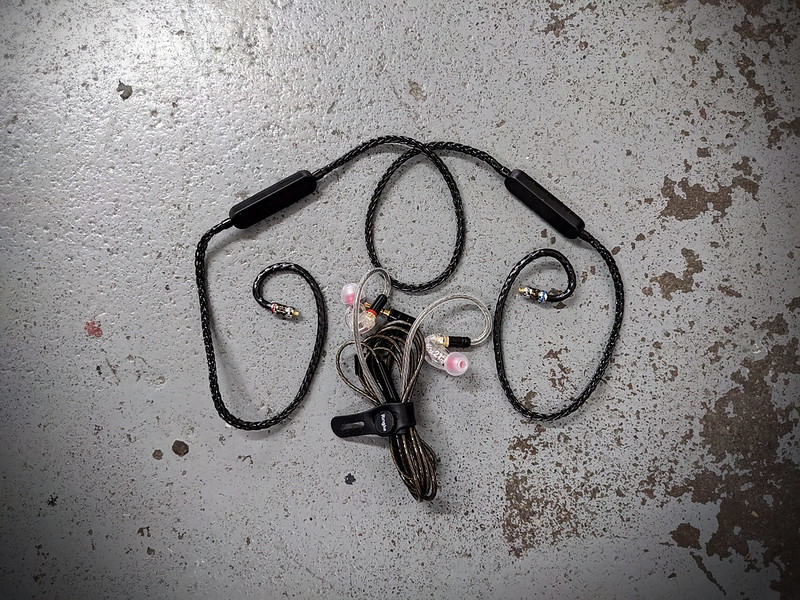Harambe Resistance
Back in 2007, the International Man of Mystery designated codename 503 told me to read Never Gymless by Ross Enamait. This was my introduction to the resistance band, which is one of the tools mentioned in the book. Enamait recommended bands from Iron Woody, so that’s what I bought. I replaced them periodically over the subsequent seventeen years, sticking with the same brand. The Iron Woody bands are 41”, which is the default length for loop bands across the market, though my understanding is that this is more a fluke of history rather than due to any considered reasoning.
This past Fall it was time once again to replace a couple of my most frequently used (and thus stretched out) bands. Iron Woody was out of most bands, so I looked around to see what was hip and cool on The Internet. The consensus seemed to be that Serious Steel Fitness and Harambe System had the some of the best bands. I was particularly intrigued by these two because the Harambe bands were 38”, and Serious Steel offered a handful of lengths, including 37”. The more I thought about, the more sense these shorter lengths made.
I ended up buying the Harambe band bundle. They are the nicest bands I’ve used. When I opened the package, I first grabbed the light green 1” band because this looked to be about the same width as the blue Iron Woody band that is my go-to for a lot of exercises. I was shocked by how hard it was. Part of this is the difference in length (and the difference in age), but it turns out the Harambe bands are also thicc. The width is deceptive. I’m using narrower bands now, but getting a better workout. The narrower width make it easier to do side-by-side band stacking to tune the load, which is great. Initially I thought that the yellow 1/4” band would be too light for me to use for much of anything, and that is true by itself, but I have found myself frequently stacking it with one of the other bands.
The shorter length is great, and my motto is now 38” or GTFO. (I’d probably be just as happy with the 37” length offered by Serious Steel, if their bands are of similar quality.) I can use the 38” bands for all the exercises I previously used the 41” for, but I get more resistance sooner, which is much more better. The way I visualize it in my head is that the force curve is flatter, but vertically higher. There are other exercises that were never an option with the 41” bands, because I would only get resistance for a small part of the movement, but are now possible with the 38” bands.
About three years ago I was given a Jaquish X3 Elite bar and platform. I was skeptical of these at first, but both have grown on me, and I have been using them regularly with my Iron Woody bands. (I borrowed a set of the X3 bands for a month, which were fine, but nothing special, and I decided I preferred my Iron Woody bands to them.) I still do some things with just bands, but most of my resistance band use involves the bar and platform. I’m now using the Harambe bands with the X3 pieces, and am pleased with the setup. I also use my zafu in place of the cork block for the Harambe-style bench press – which is one of the exercises I couldn’t really do with longer bands.
The Harambe bars and platforms look objectively superior to the X3, but not enough to make me want to spend money to replace my existing equipment. I’d likely go with Harambe if I was starting over. (I also appreciate that Harambe has a decent website, and the guy behind it seems like just a normal dude in his videos. The Jaquish website feels like some sort of multi-level marketing cult and I need to perform ablution after I look at it.) The bars and platforms from both are expensive – probably unnecessarily so – and I hear there are a bunch of cheap knock-offs of the bar-and-platform idea that probably work fine. But I am smitten with the Harambe bands, and feel like that piece was money well spent.
But the main takeaway is: try bands shorter than 41”.











































